This particle helps give mass to all elementary particles that have mass, such as electrons and protons. Finding this particle would give an idea of why certain particles have mass and would help develop later physics. The CERN news provided an update on the cutting edge of particle physics to an audience whose frame of reference was firmly established in the 1920s. The particle was detected both by the LHC ATLAS detector and by the Compact Muon Solenoid (CMS) detector.
Others are very rare and could provide scientists with a window into the vast and enigmatic realm of the “dark sector” and the many mysteries it holds, such as gravity, a fundamental force that the Standard Model has not yet explained, and dark matter, which is only detectable by its gravity and seems to make up most of the mass of the universe. For example, according to the CERN Courier, it is linked to a field that causes other subatomic particles, such as the well-known protons, neutrons and electrons, to have mass. And this interaction goes straight to the heart not only of particle physics but also of science as a means of unraveling the world around us. This means that, once researchers can produce and detect a new particle, they can use it as a tool to crash it against other particles (and vice versa) and observe the resulting chain of events and interactions.
CERN estimates that, after the update each year, the accelerator will create 15 million of these particles. This is because the spontaneous rupture of symmetry does not occur with photons as it does with their companion particles that carry force, the W and Z bosons. The basic method used by researchers to study subatomic particles is to hit them against each other and see what happens. And once a sufficiently powerful particle accelerator was available, the detection was carried out exactly as the theory predicted.
When I was a teenager I could imagine a particle, I had been on the beach, I knew what grains of sand looked like. In addition, the investigation of this elusive particle will deepen during the third round of the LHC and, in particular, when the upgrade to the high luminosity of the particle accelerator is completed in 2029 (opens in a new tab). The number of elementary particle fields recognized by the standard model has changed over the past 100 years as new fields were discovered, but the four forces involved remained constant: gravity, electromagnetism, the strong nuclear force and the weak nuclear force. As a model of the universe, it's not too difficult to understand and could certainly act as a gateway to a deeper understanding of the fundamental particles that make up the world.
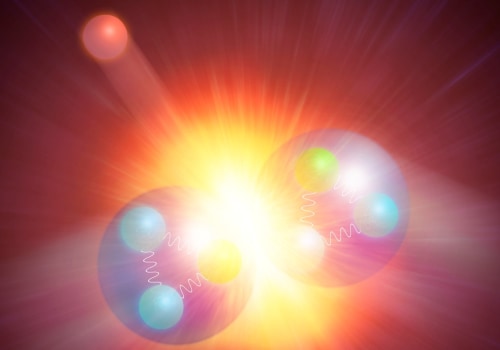
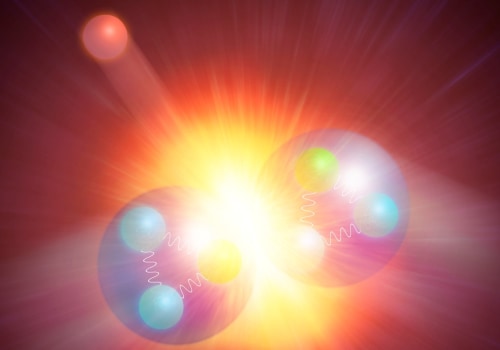
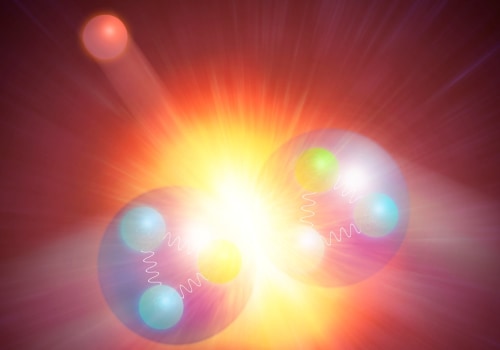
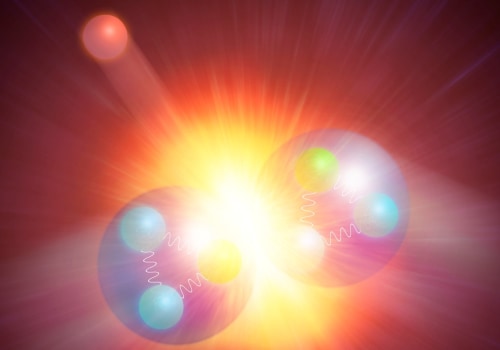
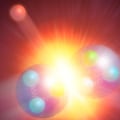

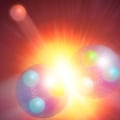
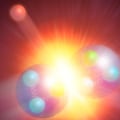
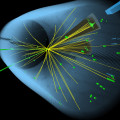
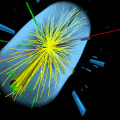
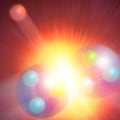
Leave Reply